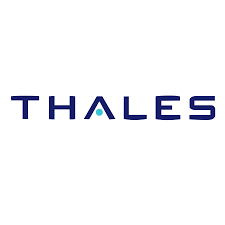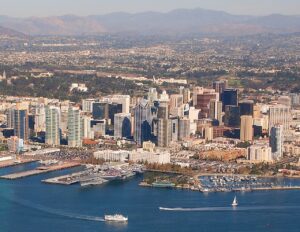Work is underway to increase operational capacities in several application sectors such as health, safety, or transport.
The intelligent agent we are developing is not just a digital double. The Agent covers three functionalities: 1) a permanent watch on the operational situation in the context of use while keeping the human being aware, 2) a simulation capacity to predict the evolution of the operational status and thus be able to prescribe, or even recommend, and, 3) decision aids that interact with humans.
These features of our intelligent agent are made possible by core AI technologies such as machine learning, enhanced learning, natural language understanding and operations research. However, this list is incomplete, because cognitive sciences and biometrics are also respectively called upon to support decision-making and to manage the mental load of humans.
The Agent targets use cases where decisionmaking is critical, where humans are kept in the loop and where we seek to increase the efficiency of humans in the tasks entrusted to them. The Agent either can be interacting alone with humans on a specific equipment, or networked with other agents where its power is utilized in a more complex mainframe application area. This network operating framework is also an
important area of development for Thales Digital Solutions and it requires the creation of a learning framework for intelligent agents in order to align their functionalities with the expected operational purpose.
Among several examples, I can cite the use of our agent in a network, for a maritime application. As a maritime flight patrol radar equipped with a trusted AI algorithm locates a vessel in distress in very rough seas, “Agent1” characterizes the information, broadcasts it to the rescue vessel at sea whereupon the ethical AI of “Agent2” reformats the operational status depending on the weather, people in danger, the ship’s cargo and response capacity. It allows the rescuing marine staff to concentrate on the response activity. Once this is completed, “Agent2” informs “Agent3” of the emergency means available on land so that the resources are ready to intervene. The emergency service can then focus on case management.
This example perfectly demonstrates our approach, with the trusted and ethical AI of intelligent agents allowing for the enhancement of human capacities.

















